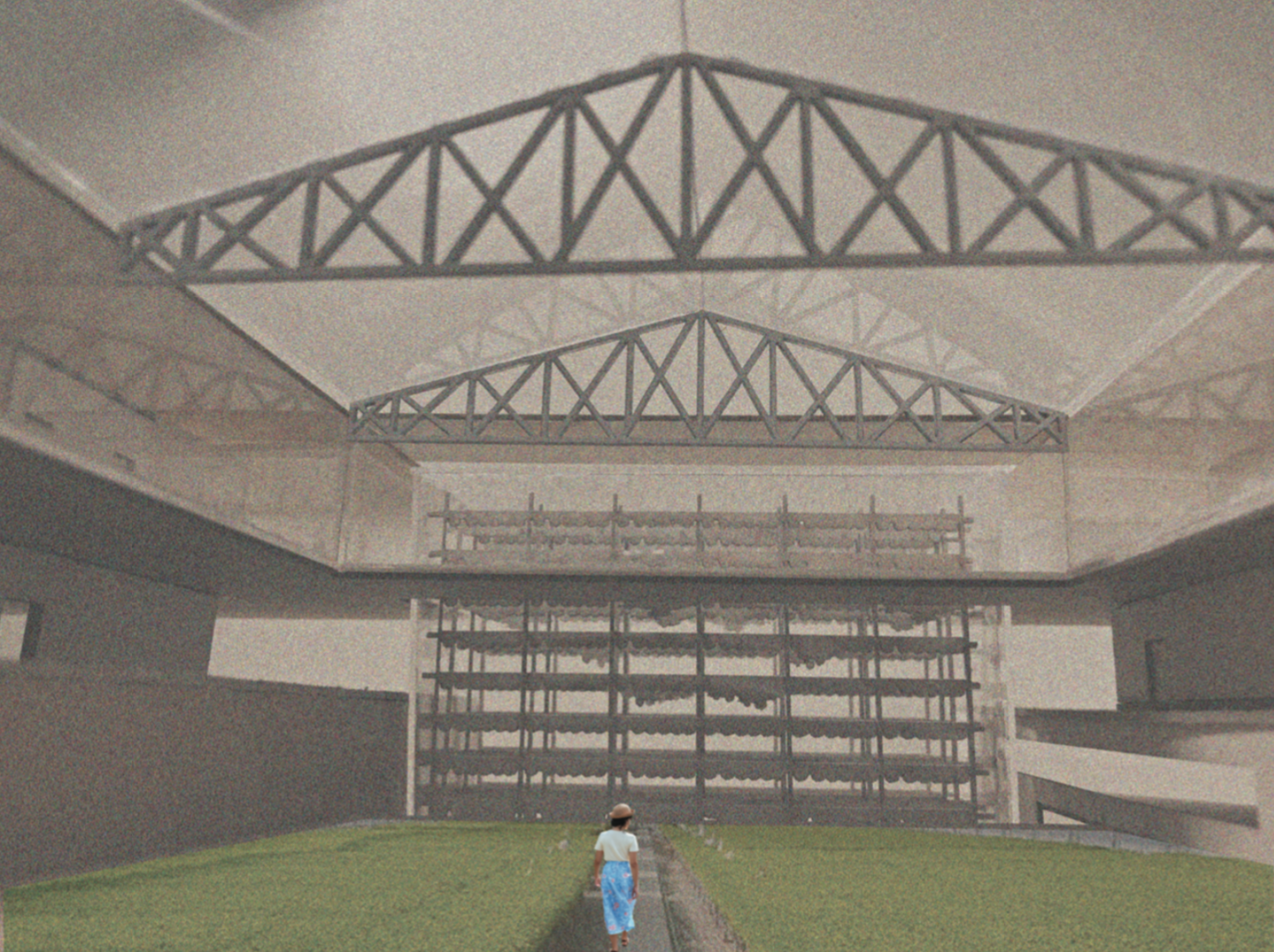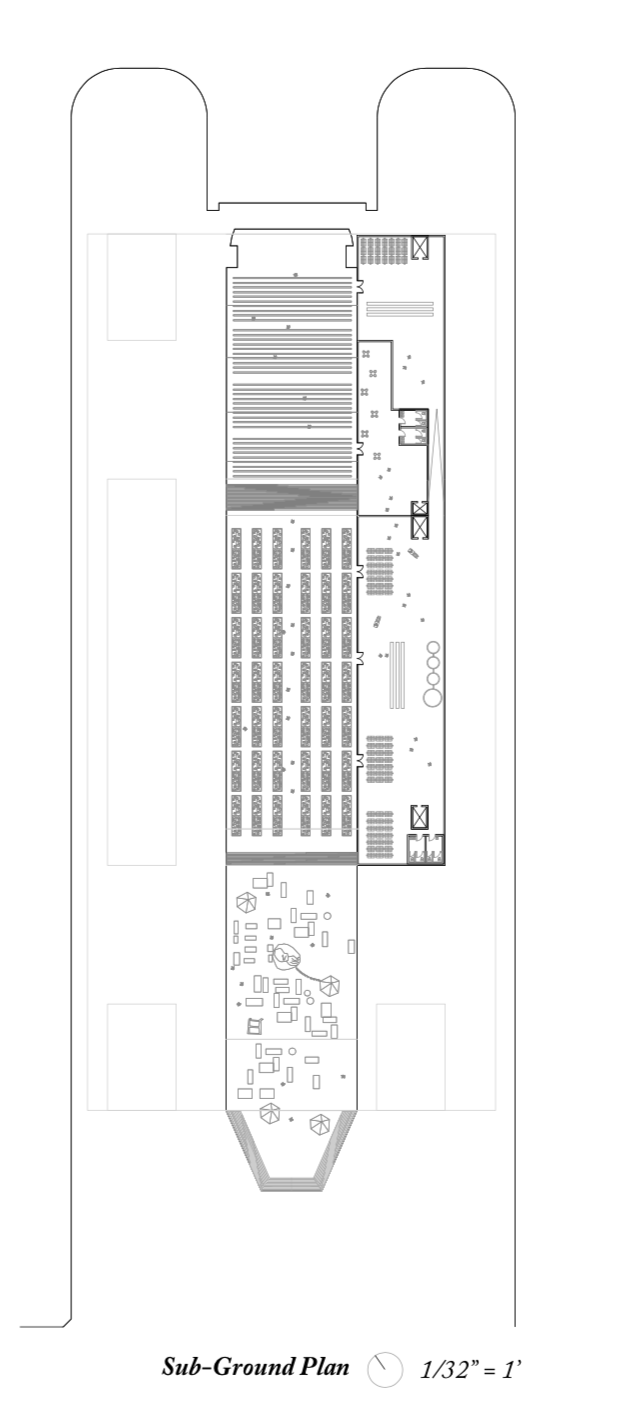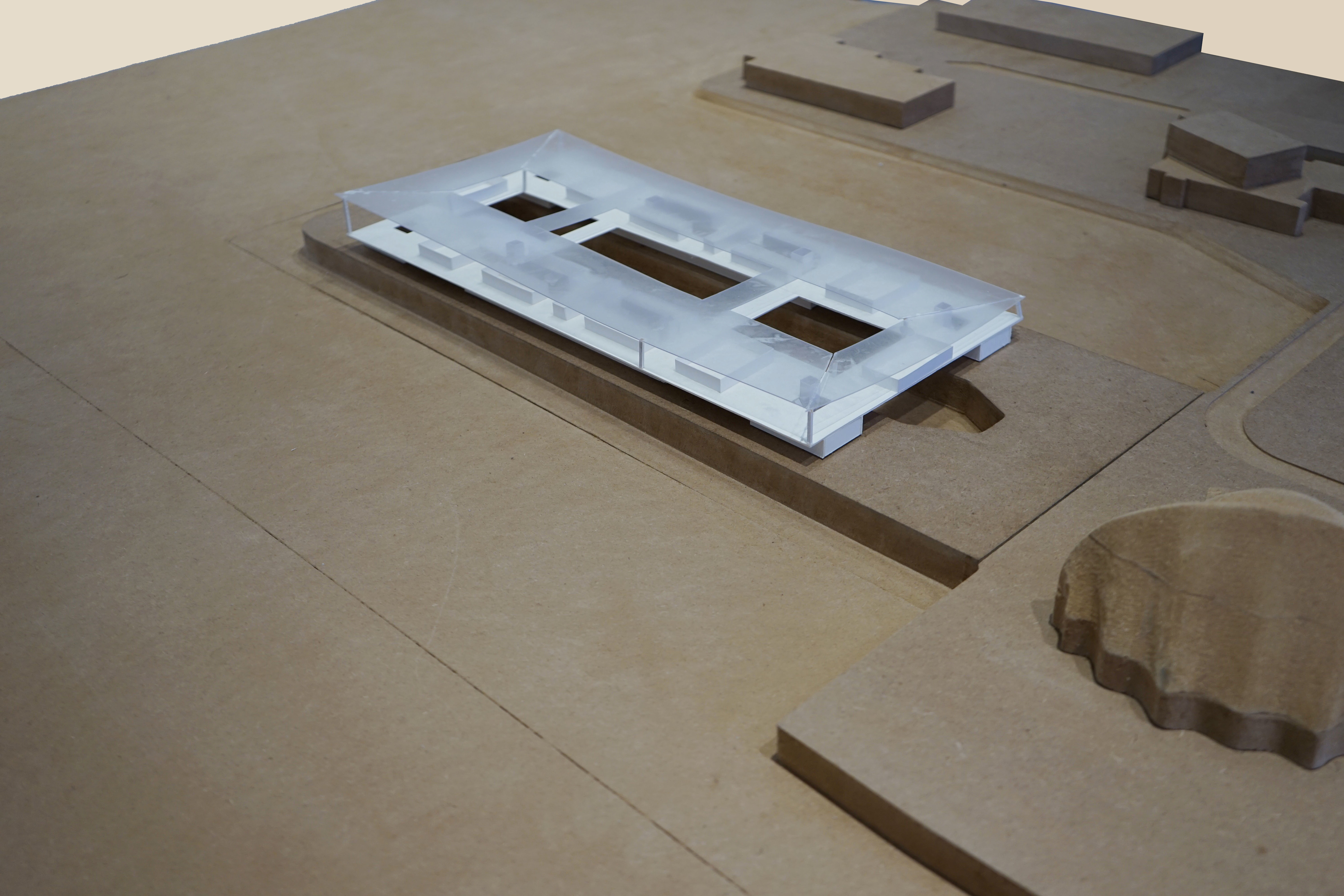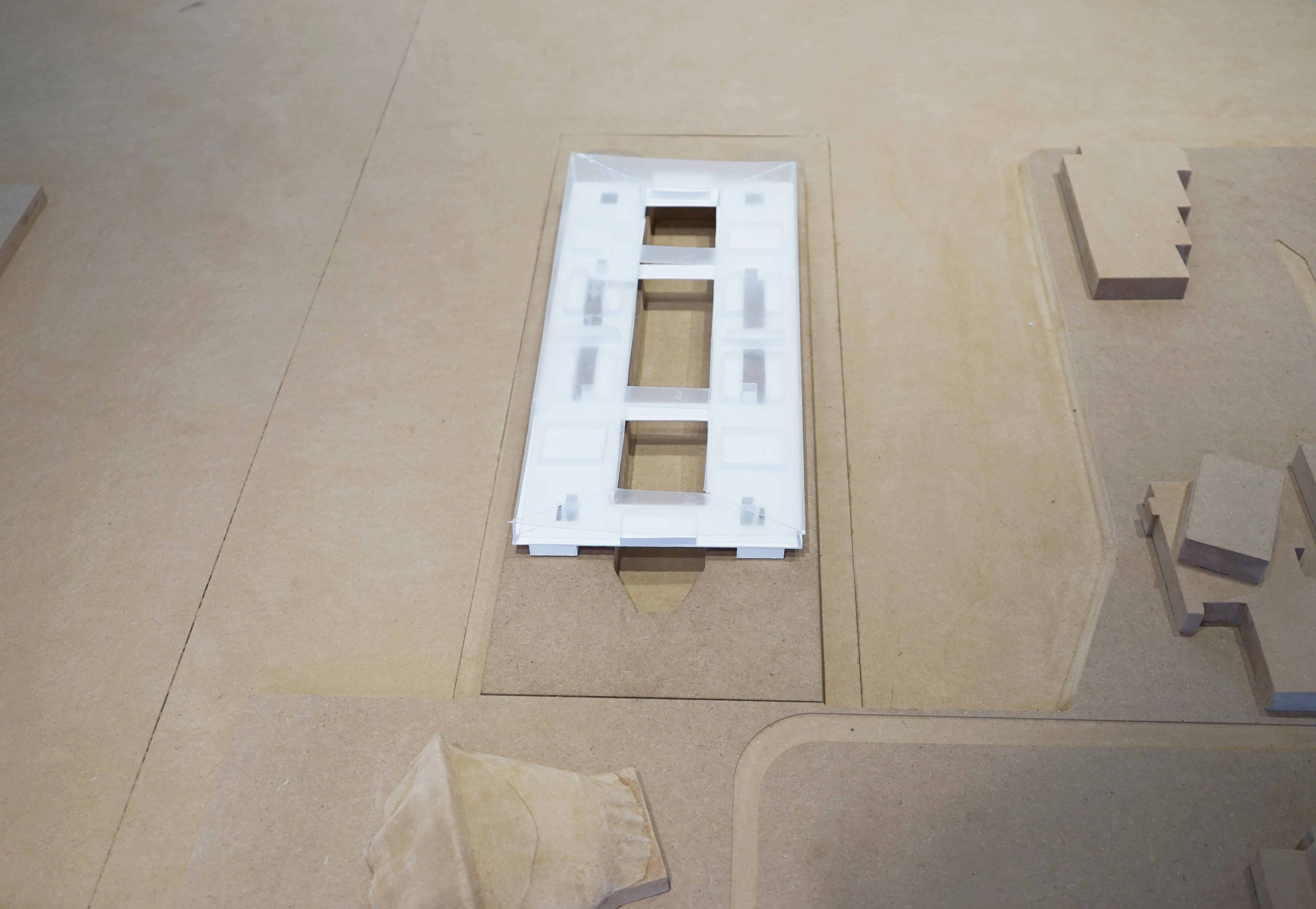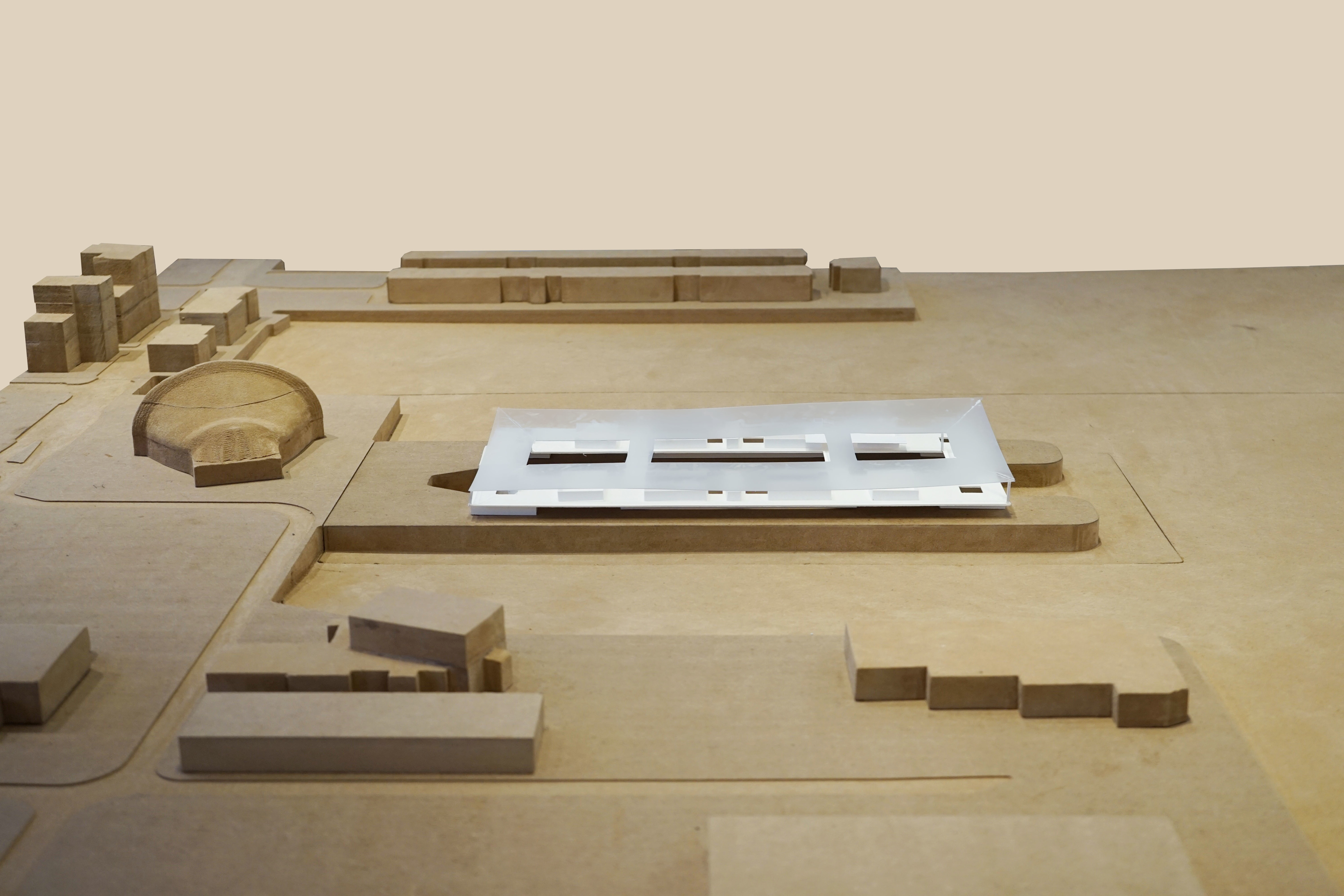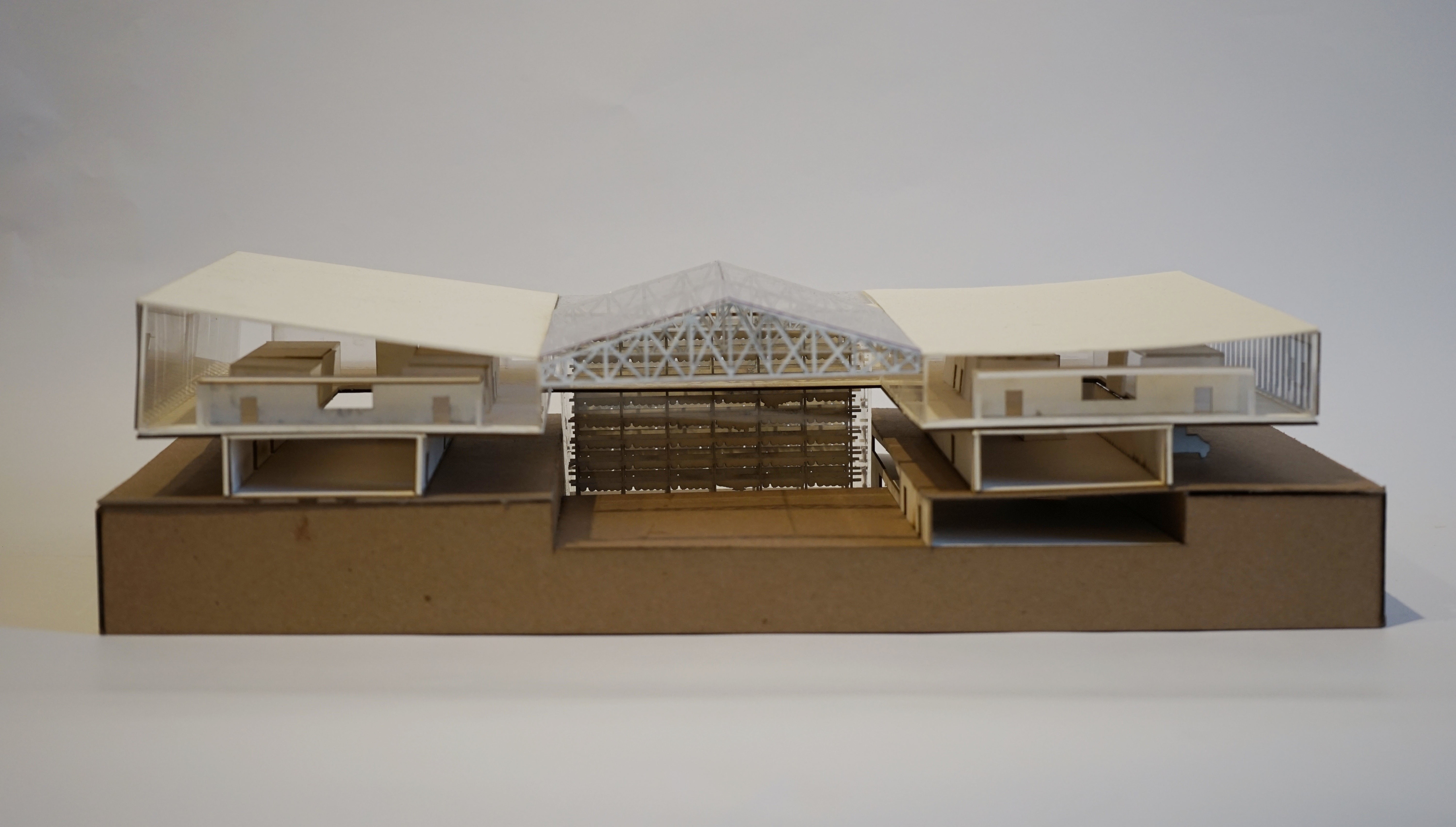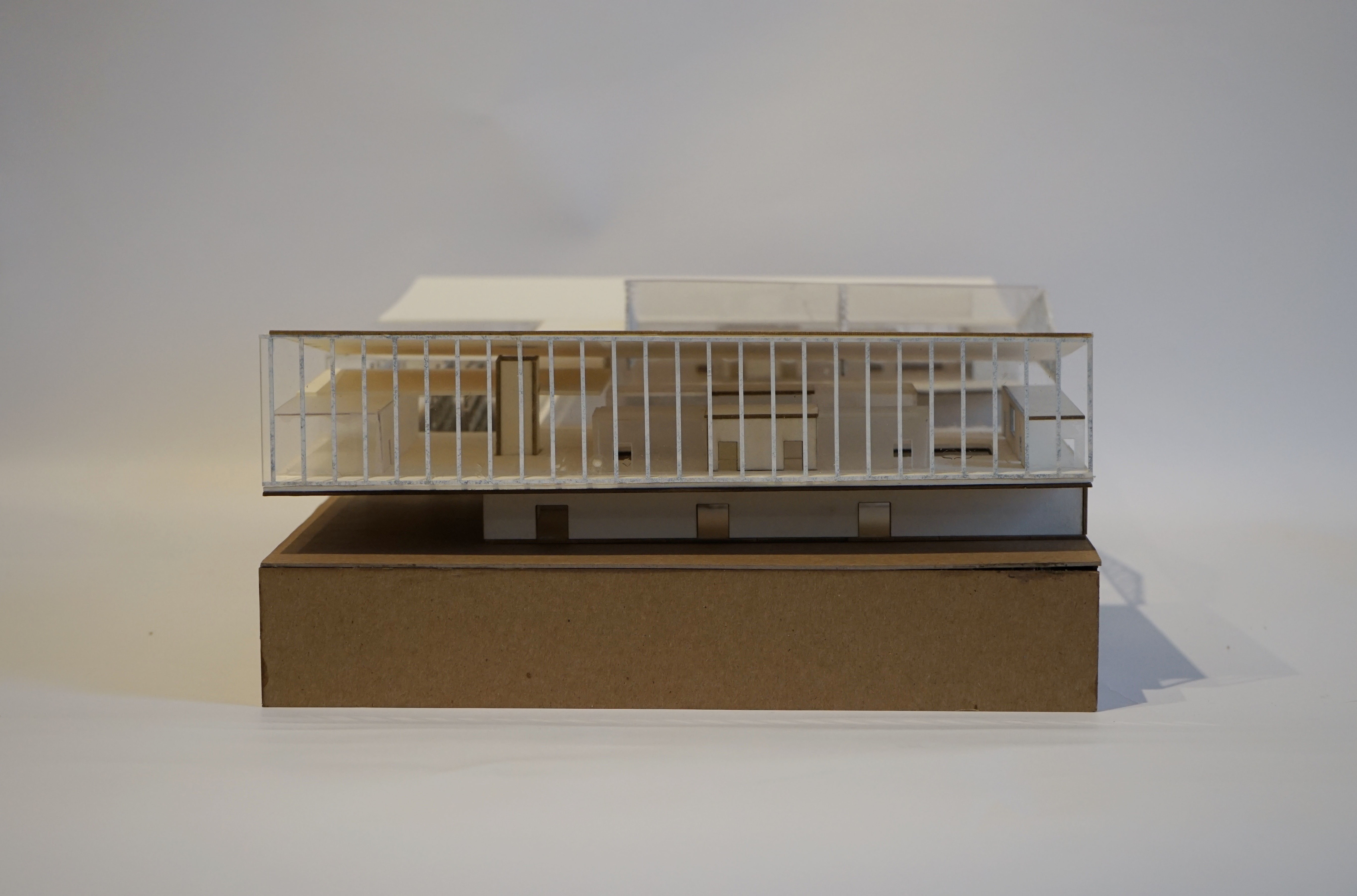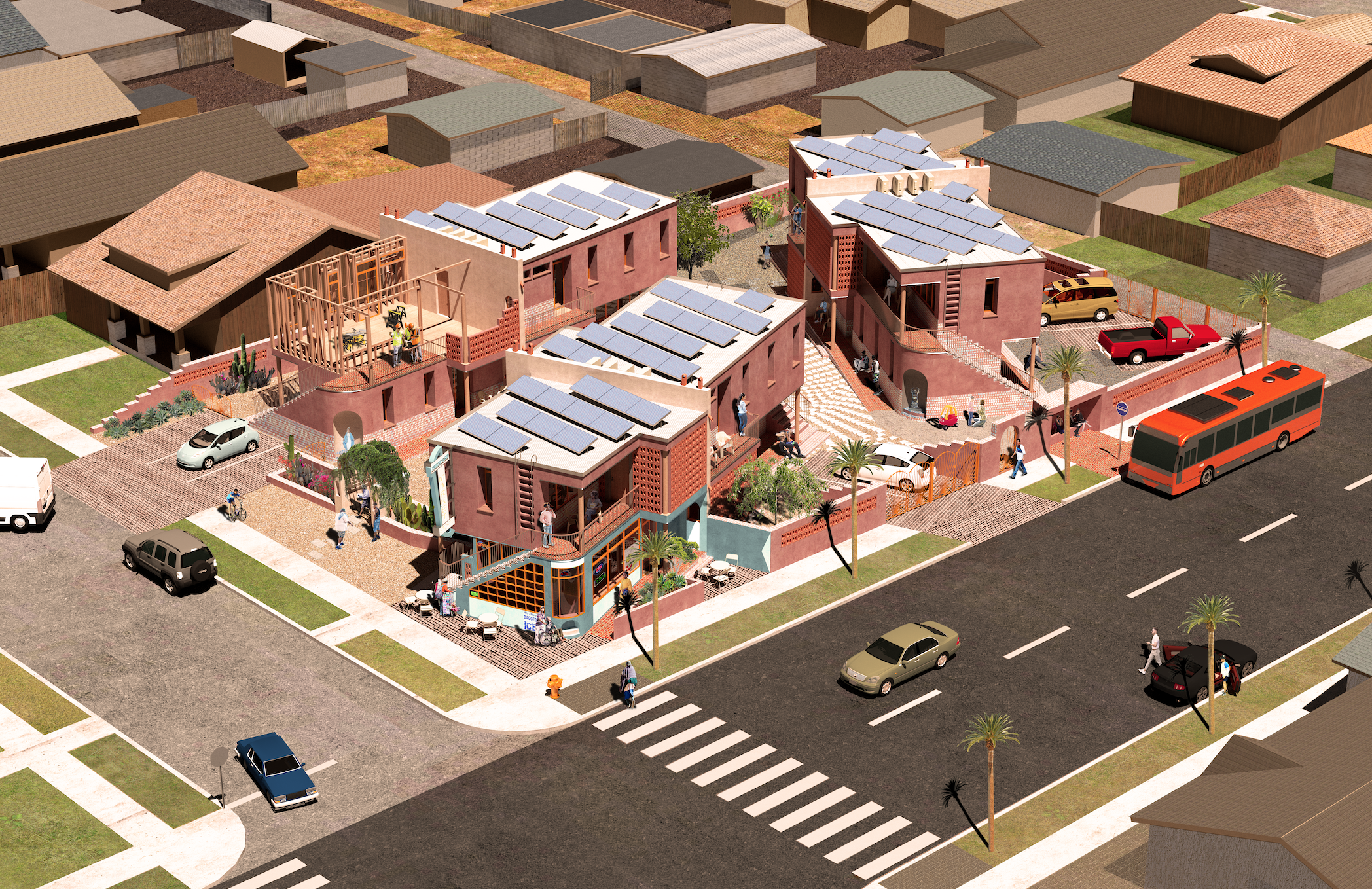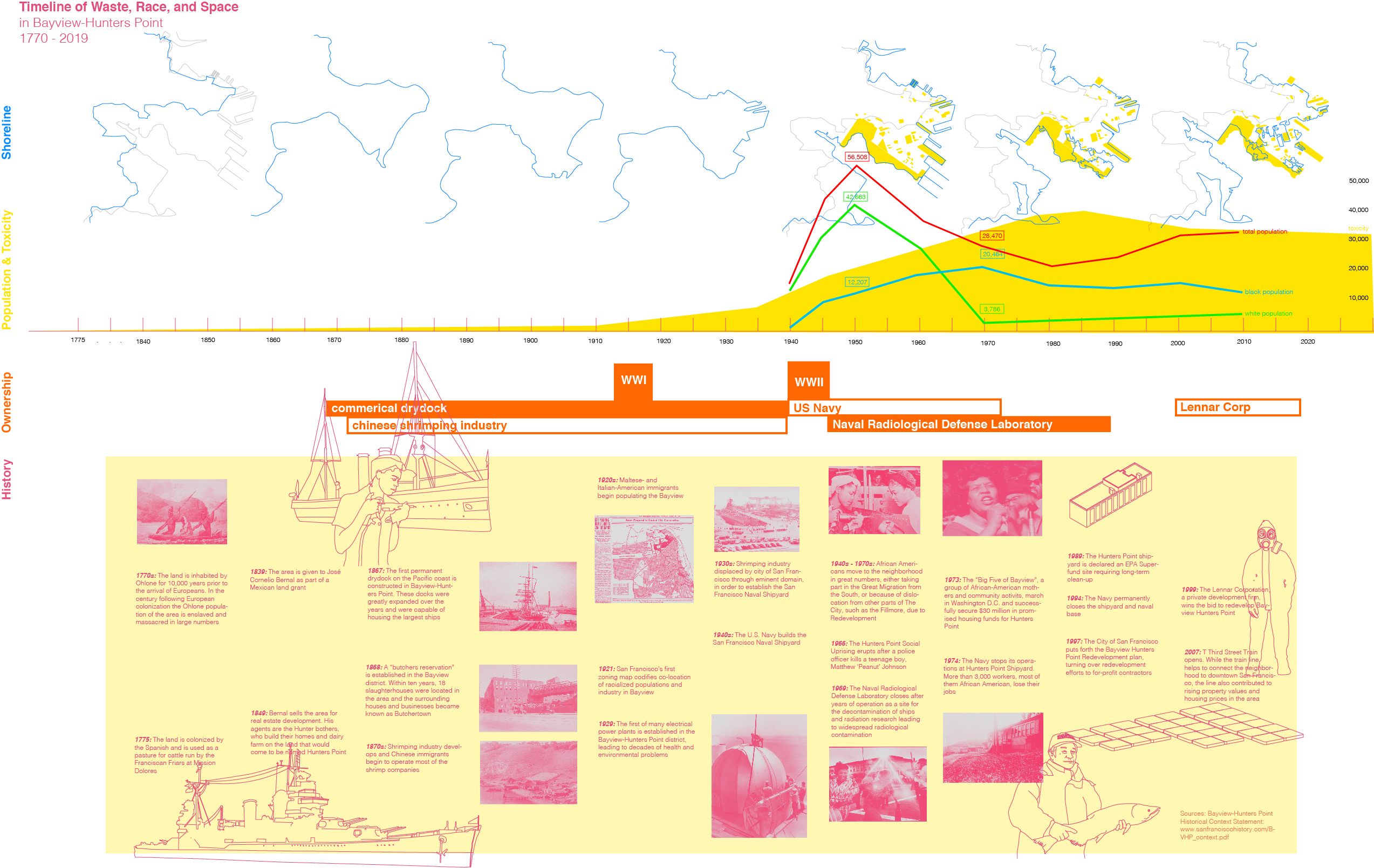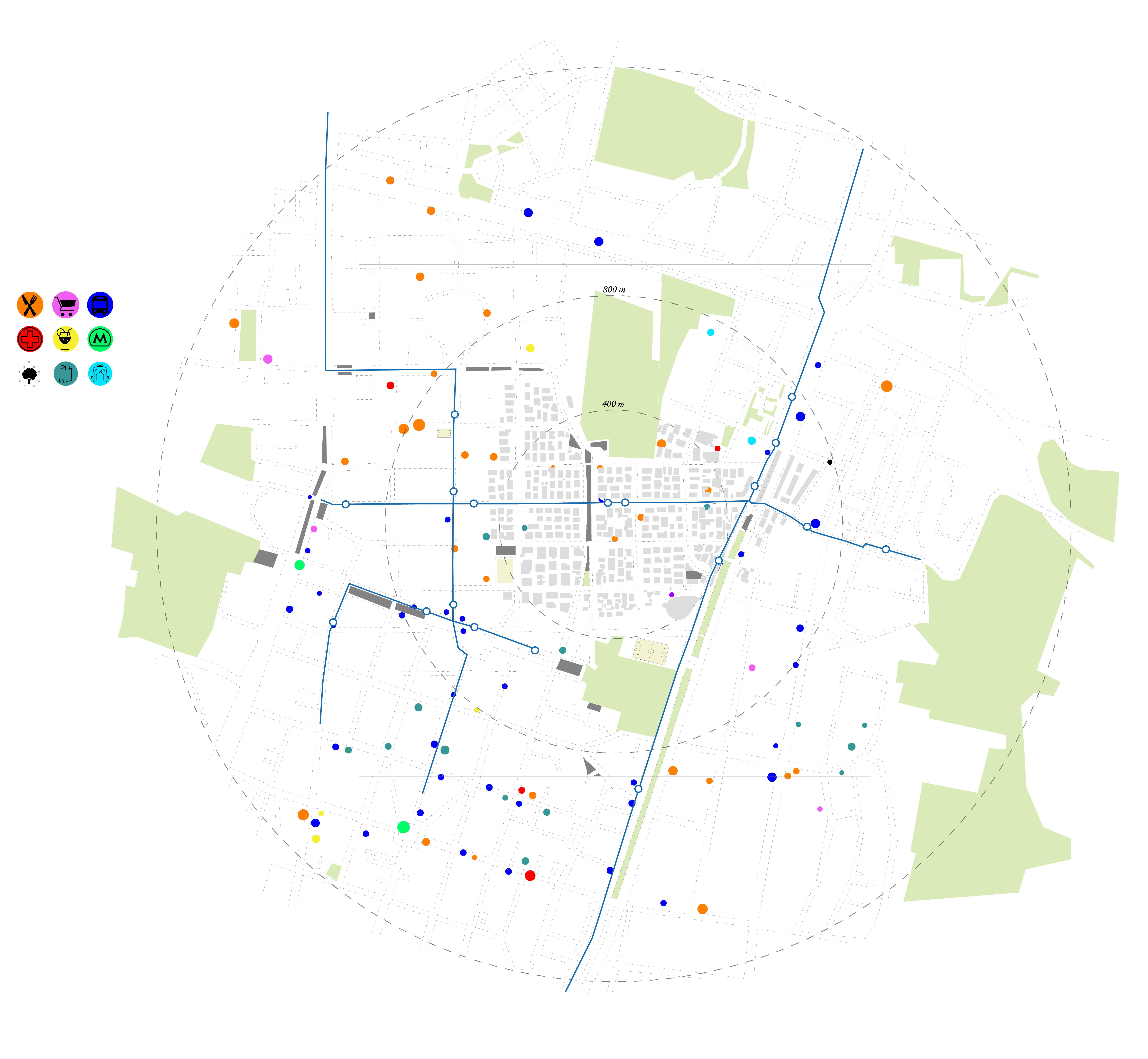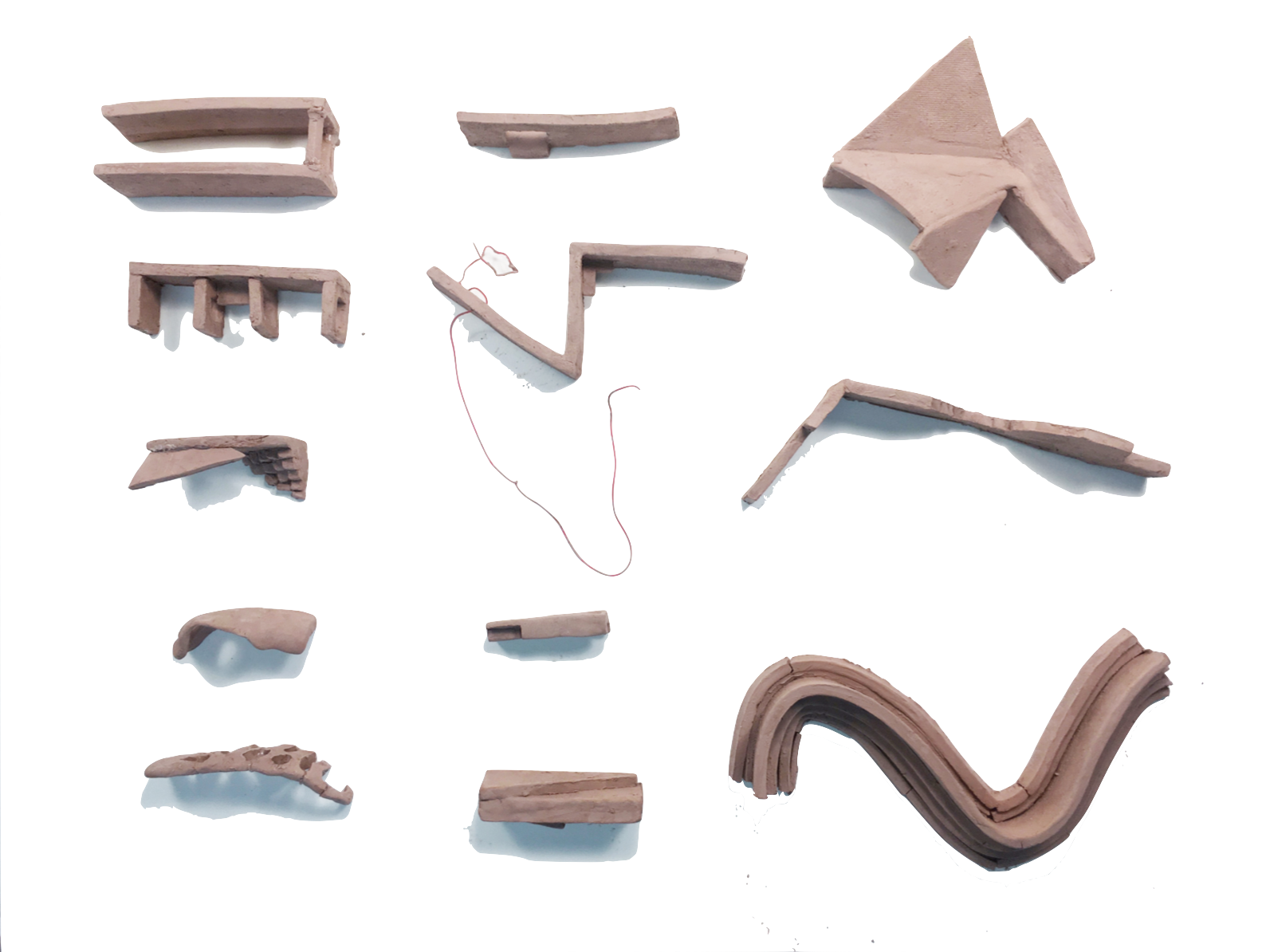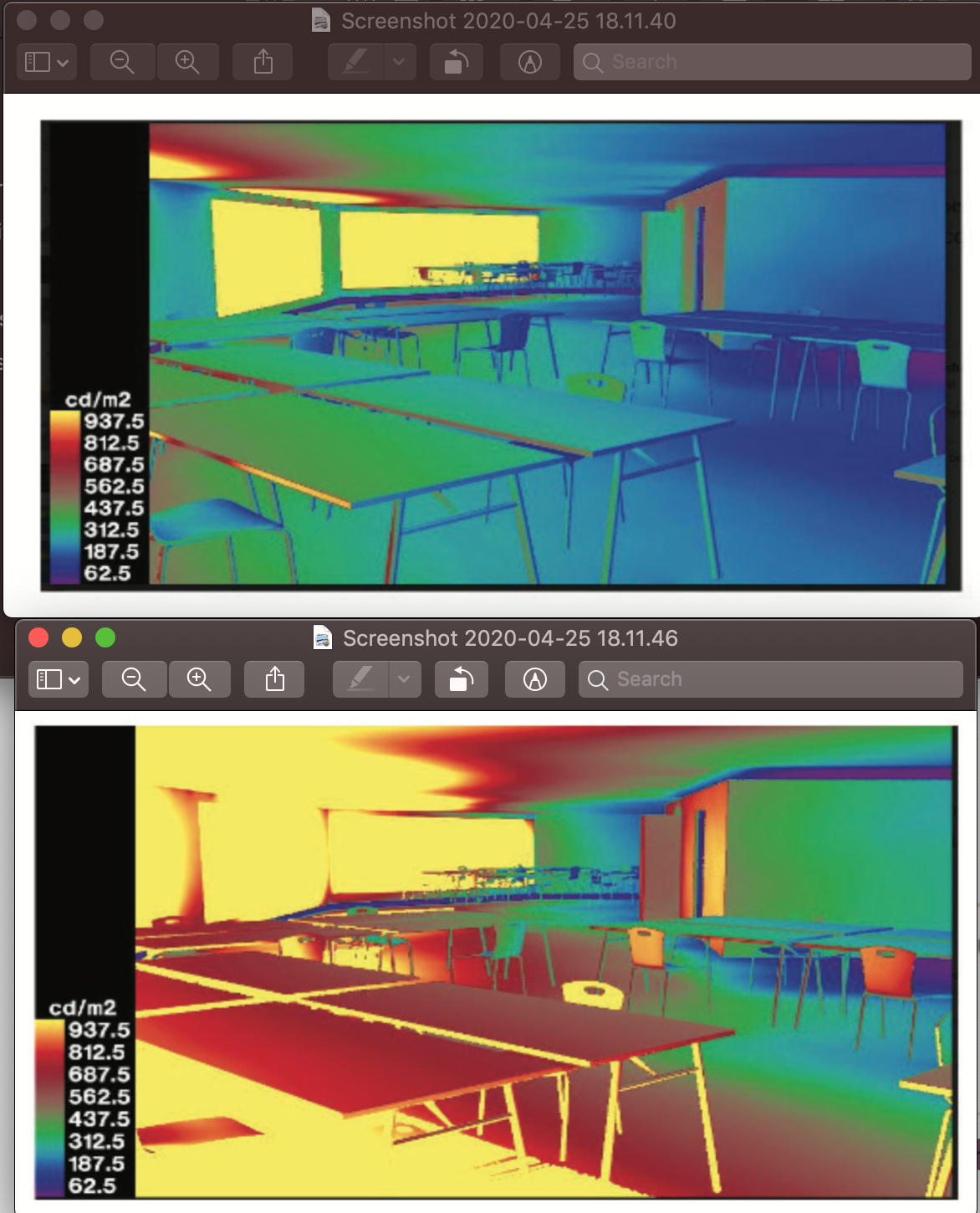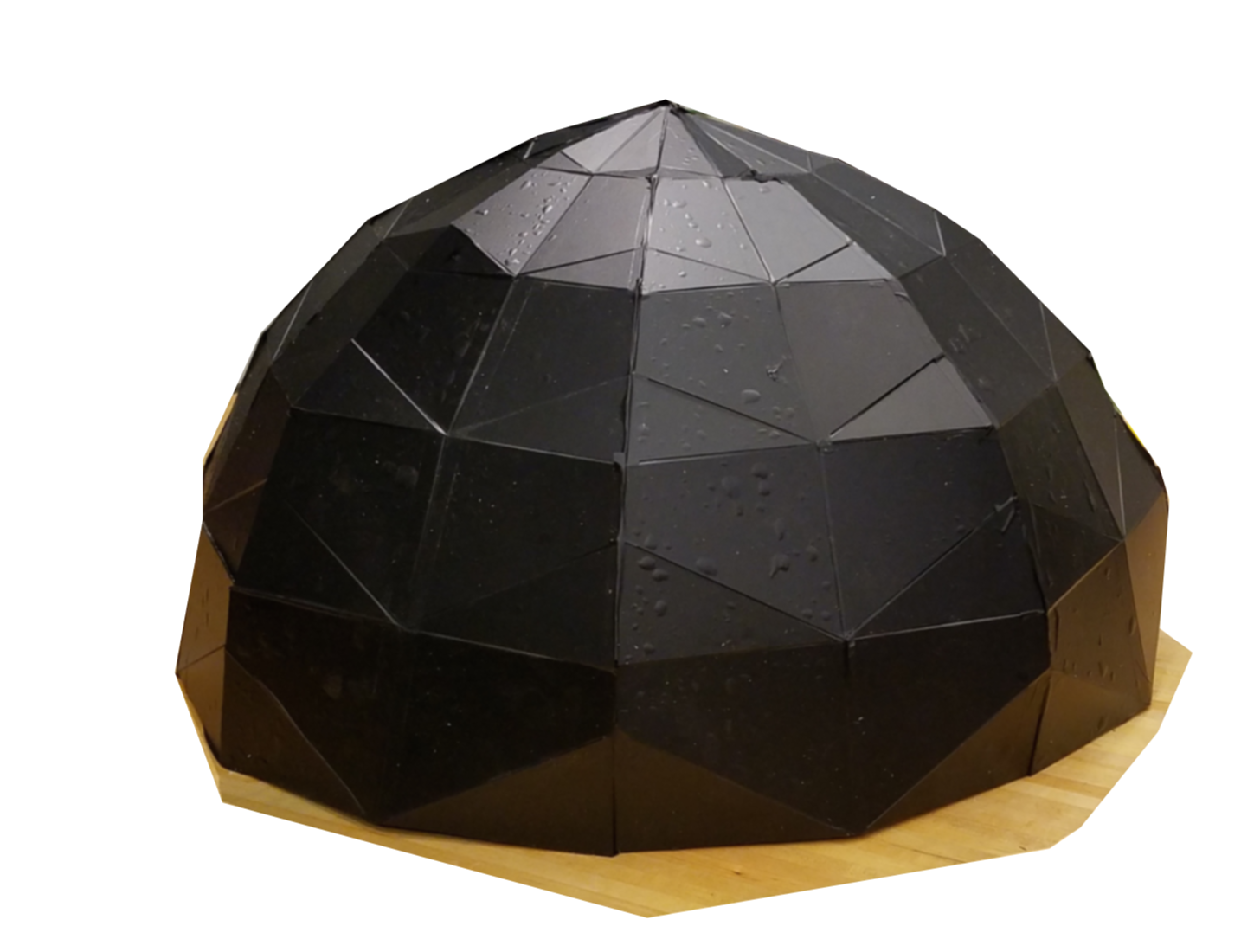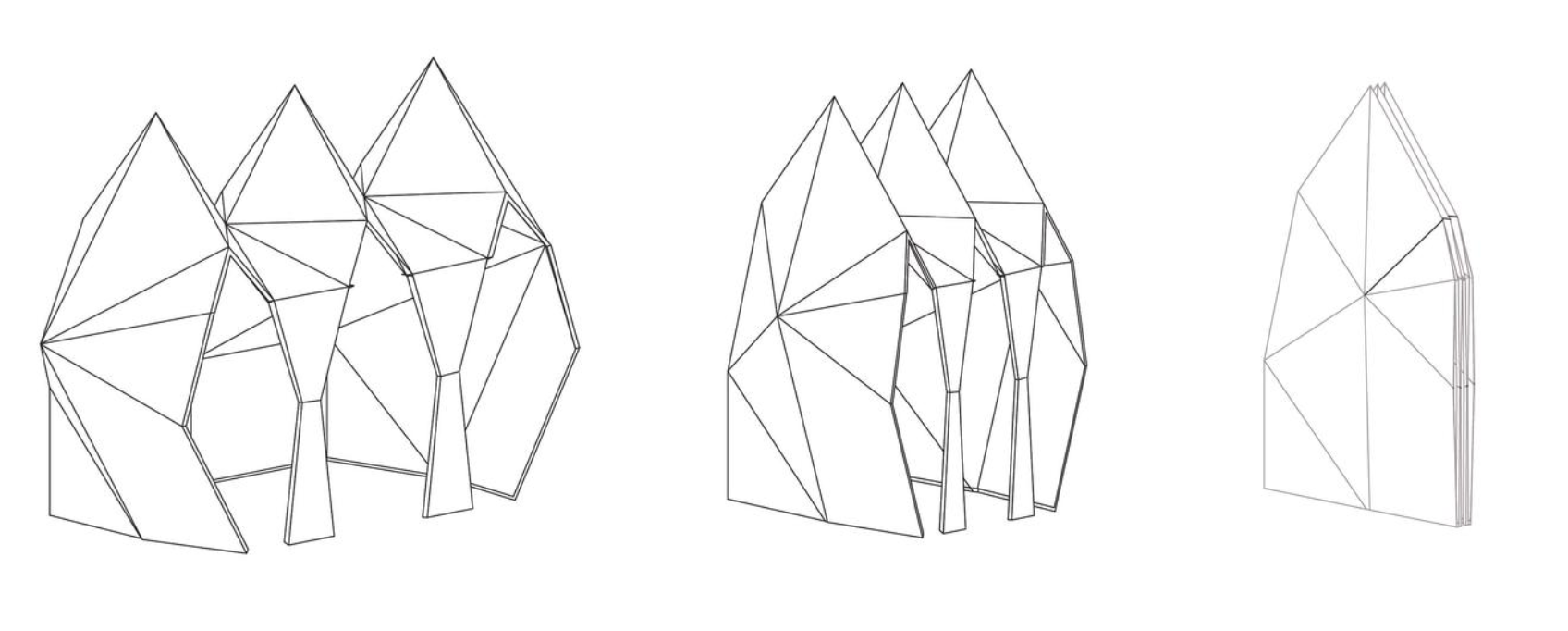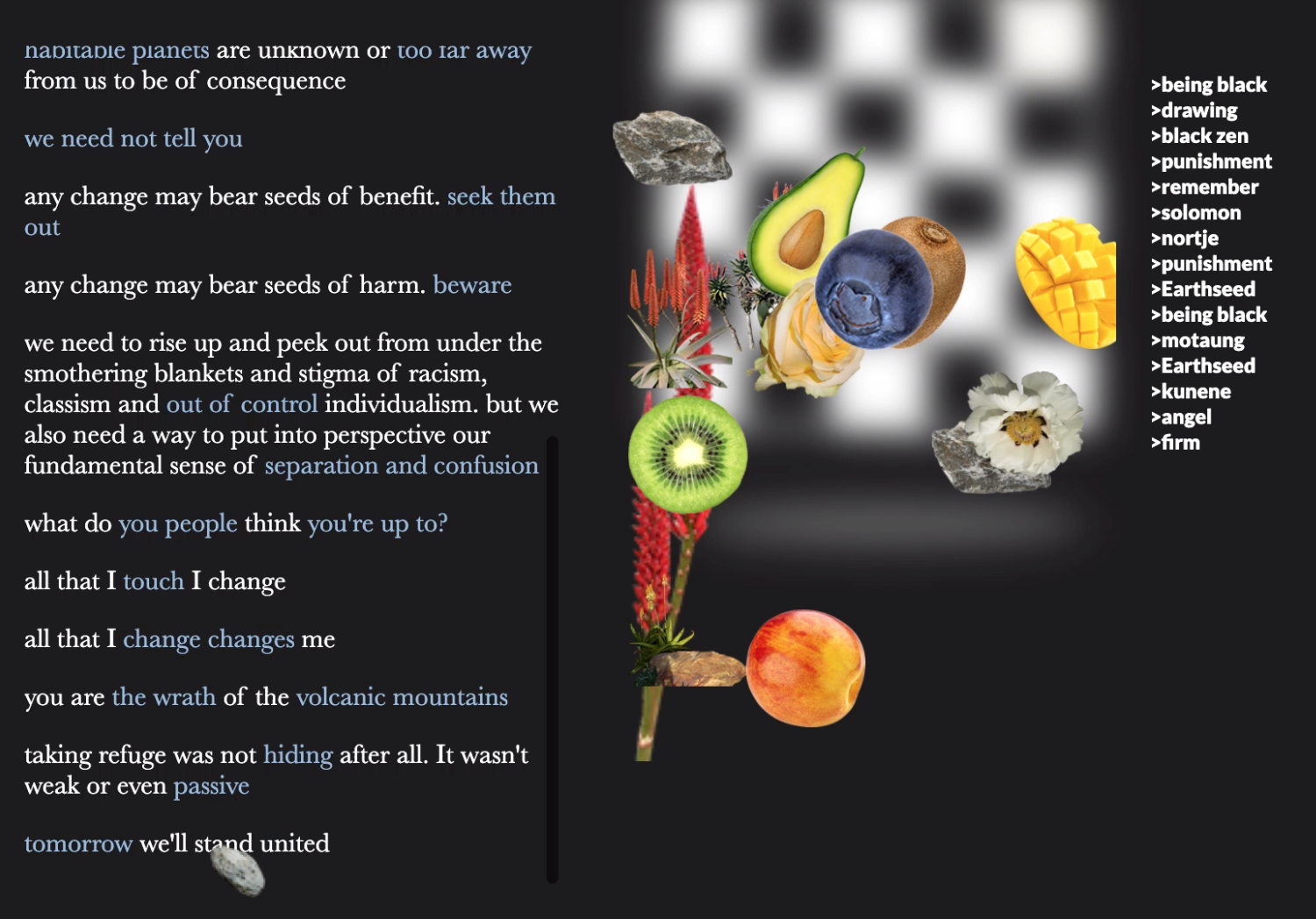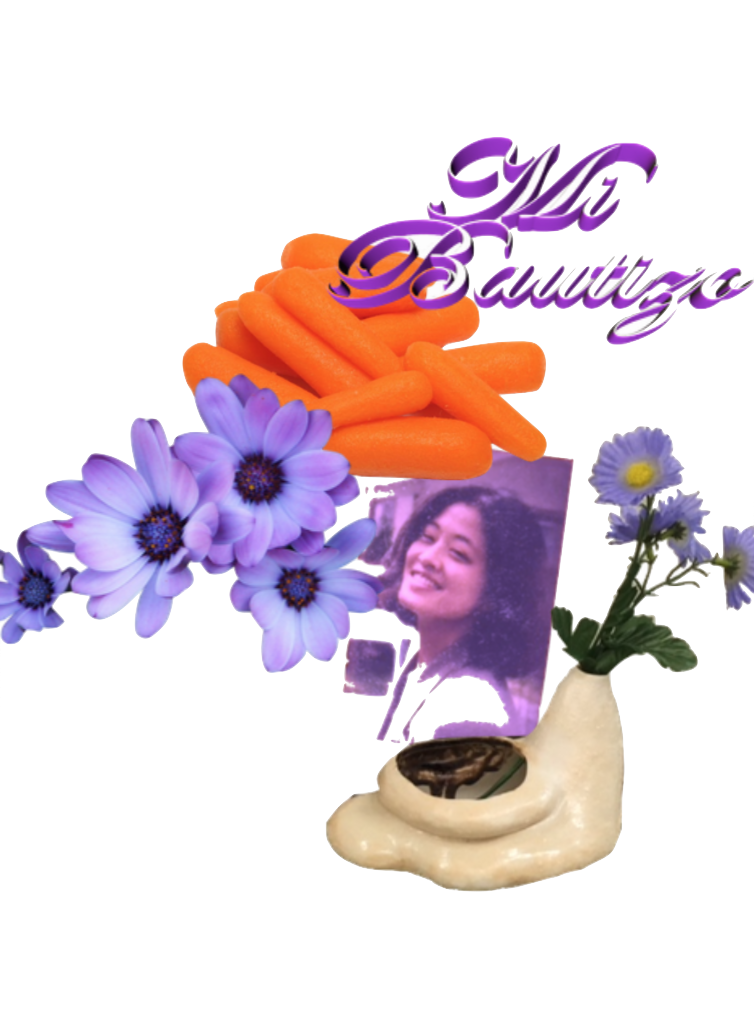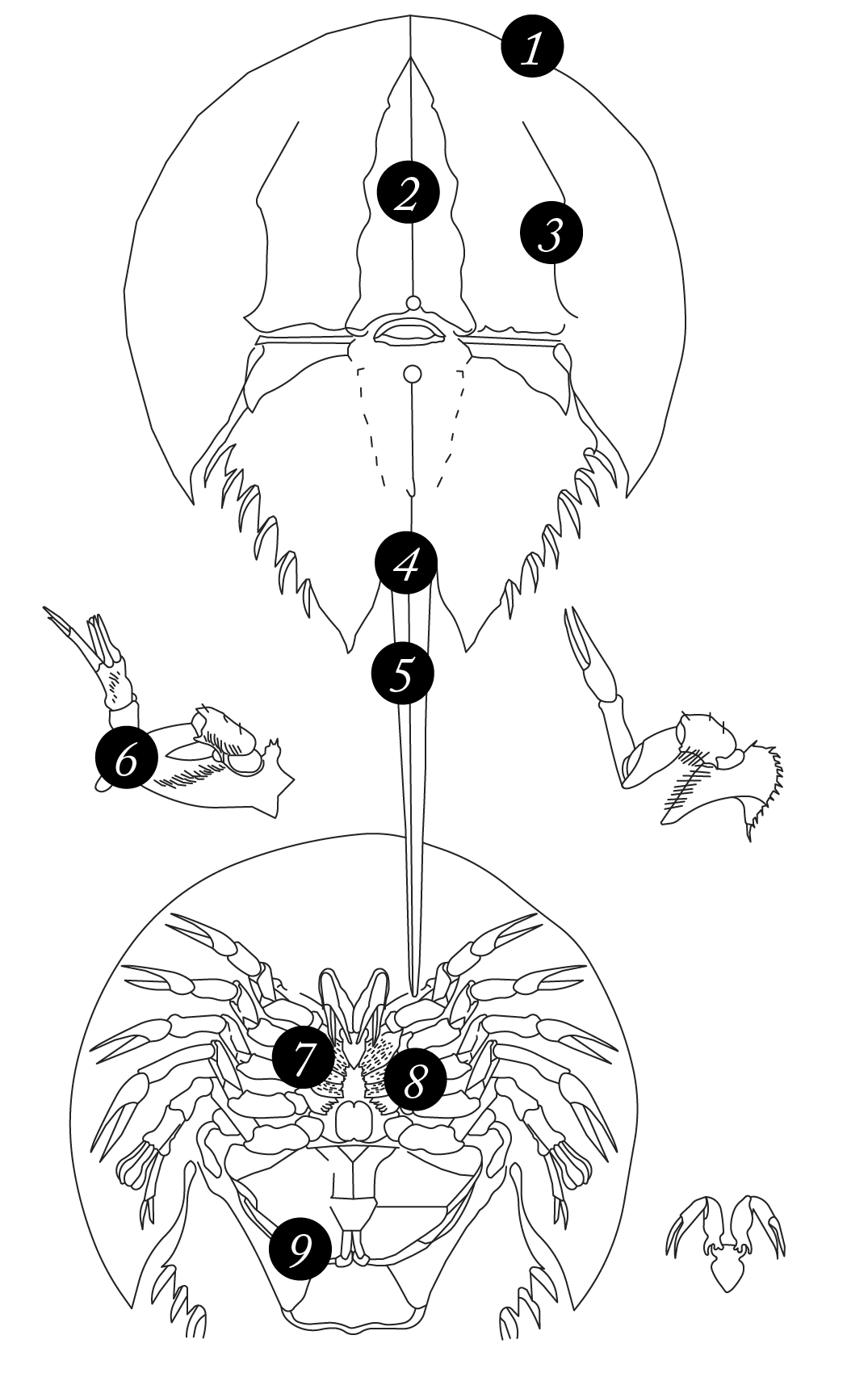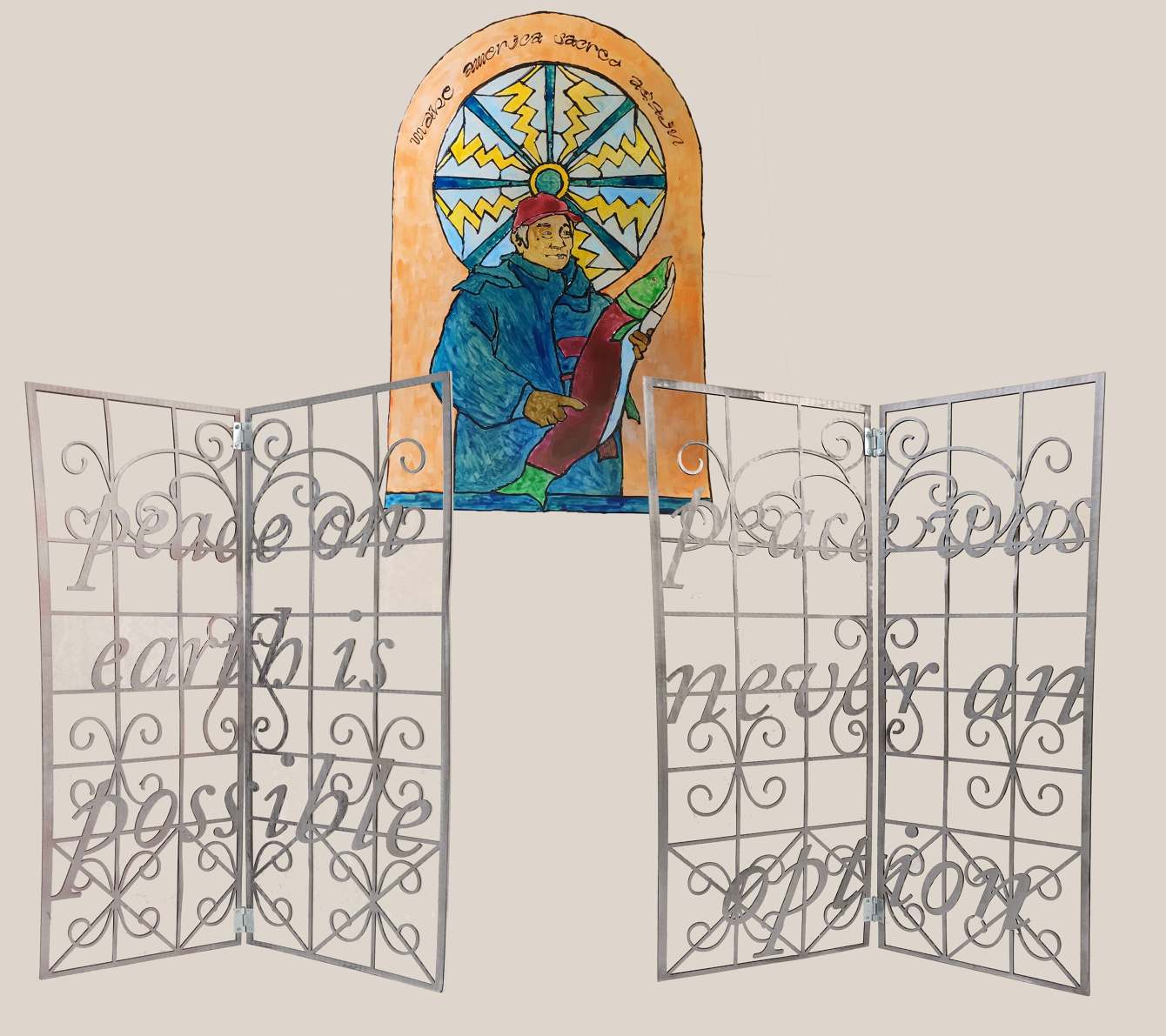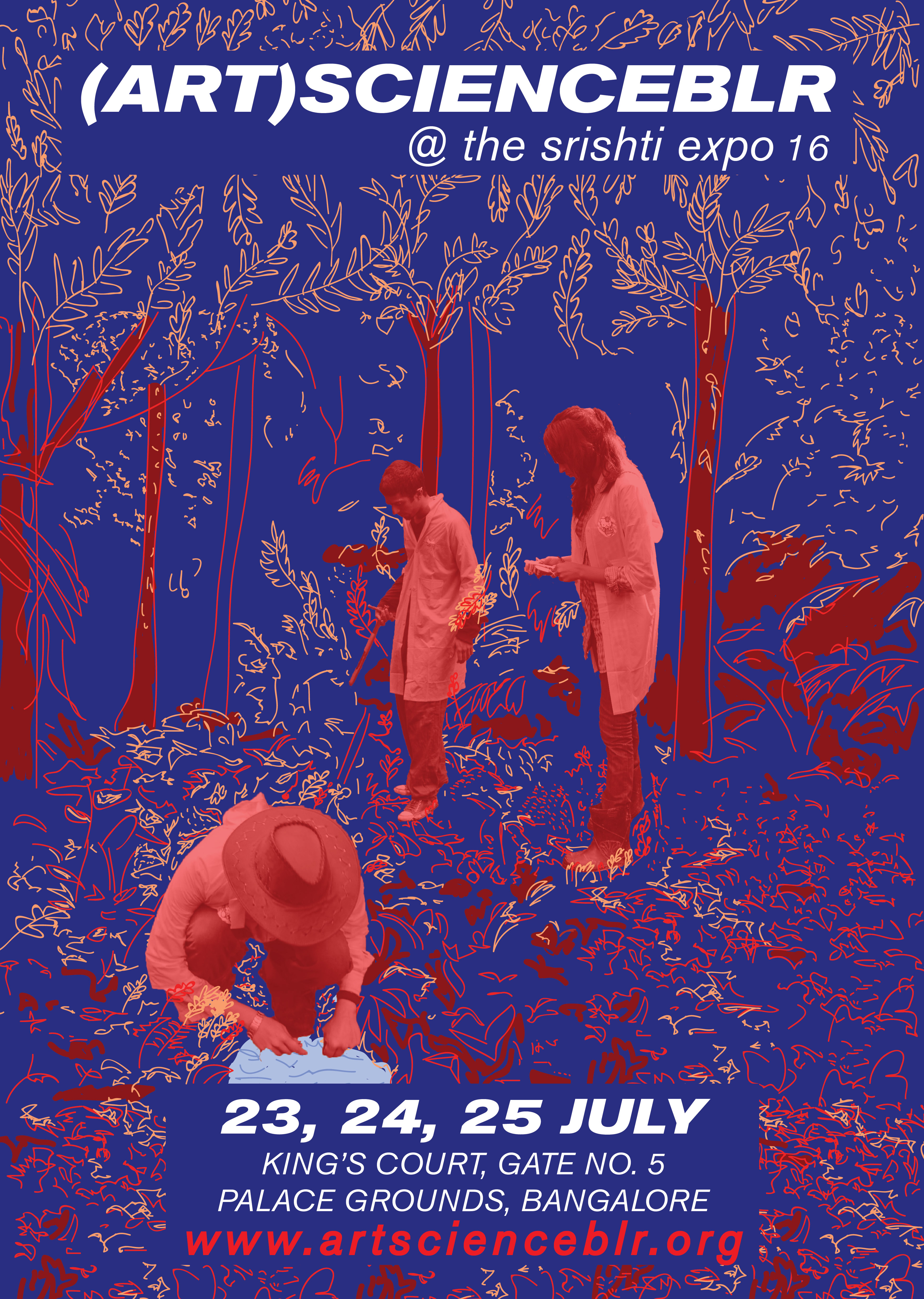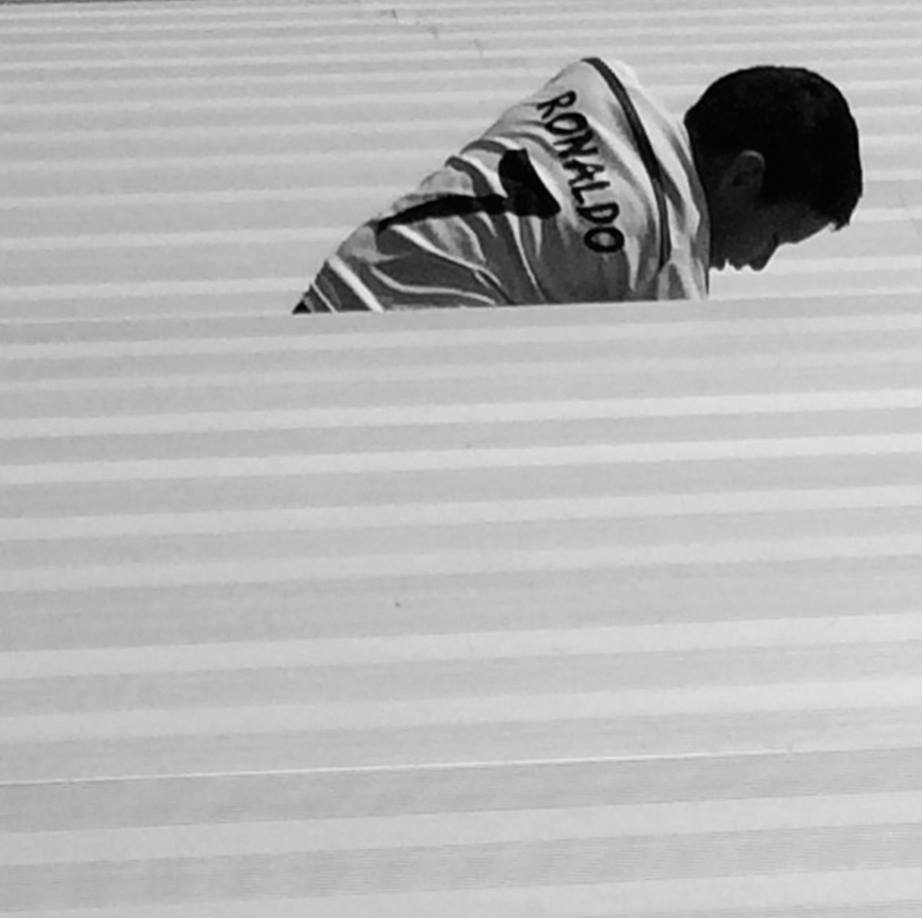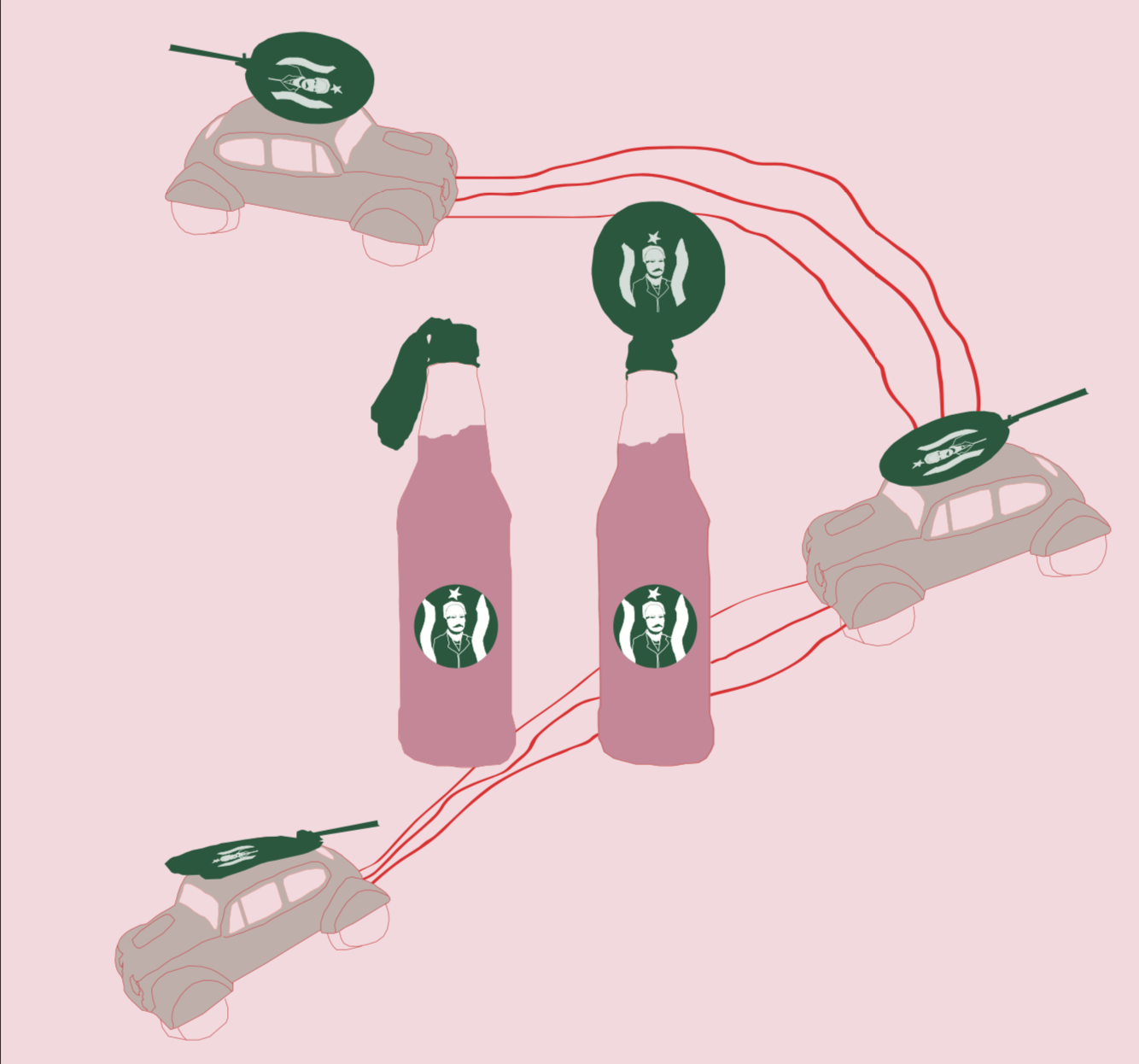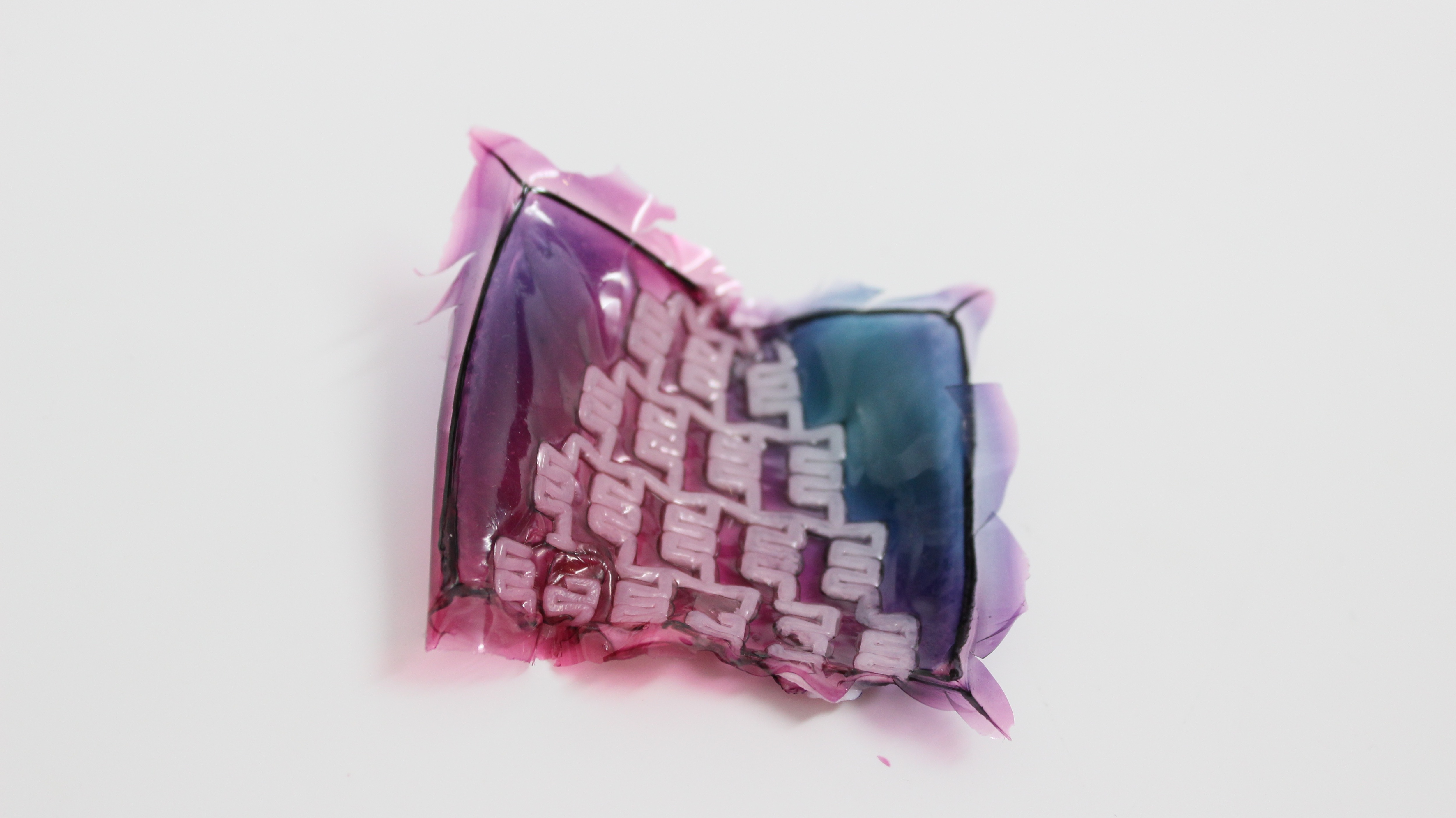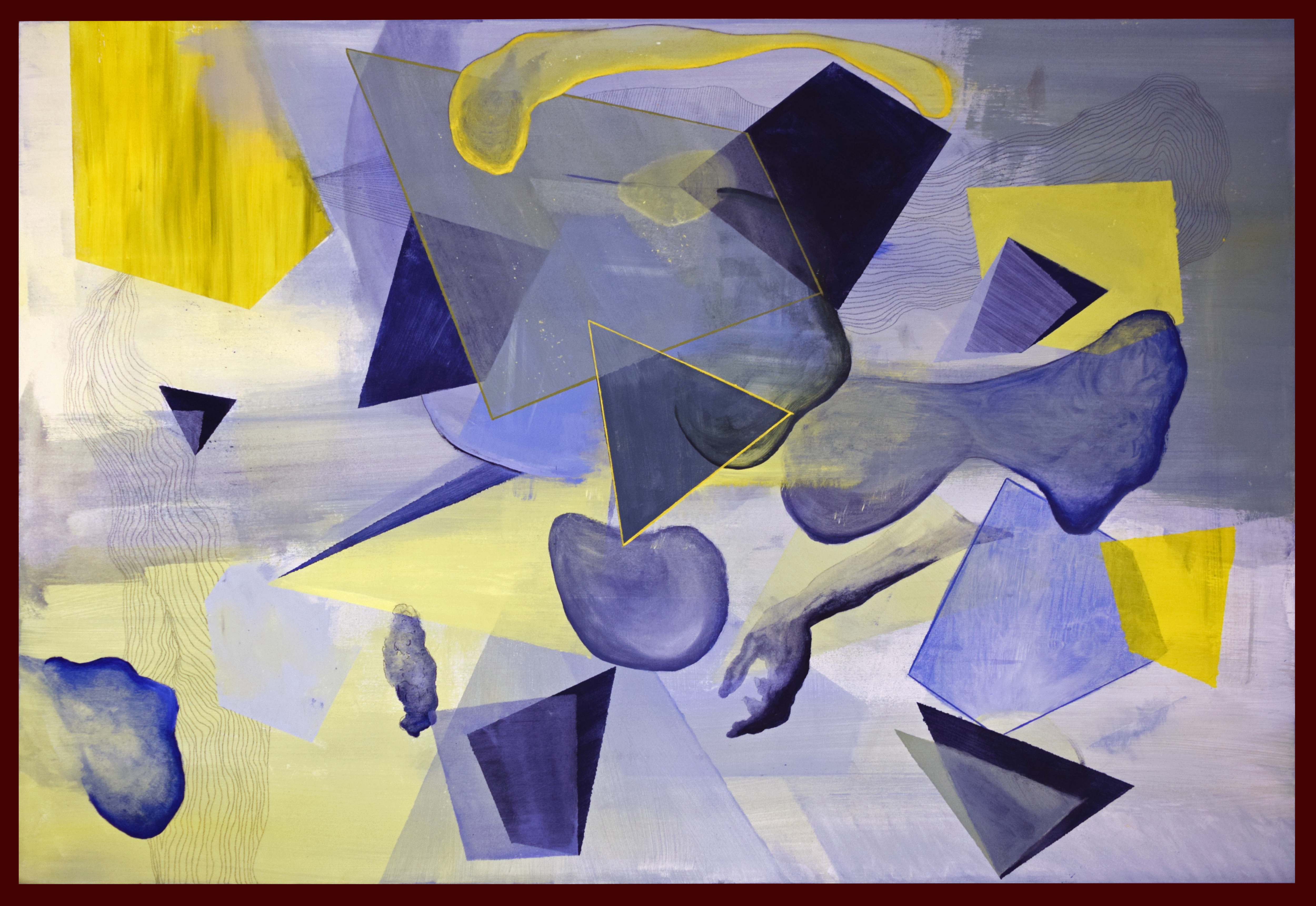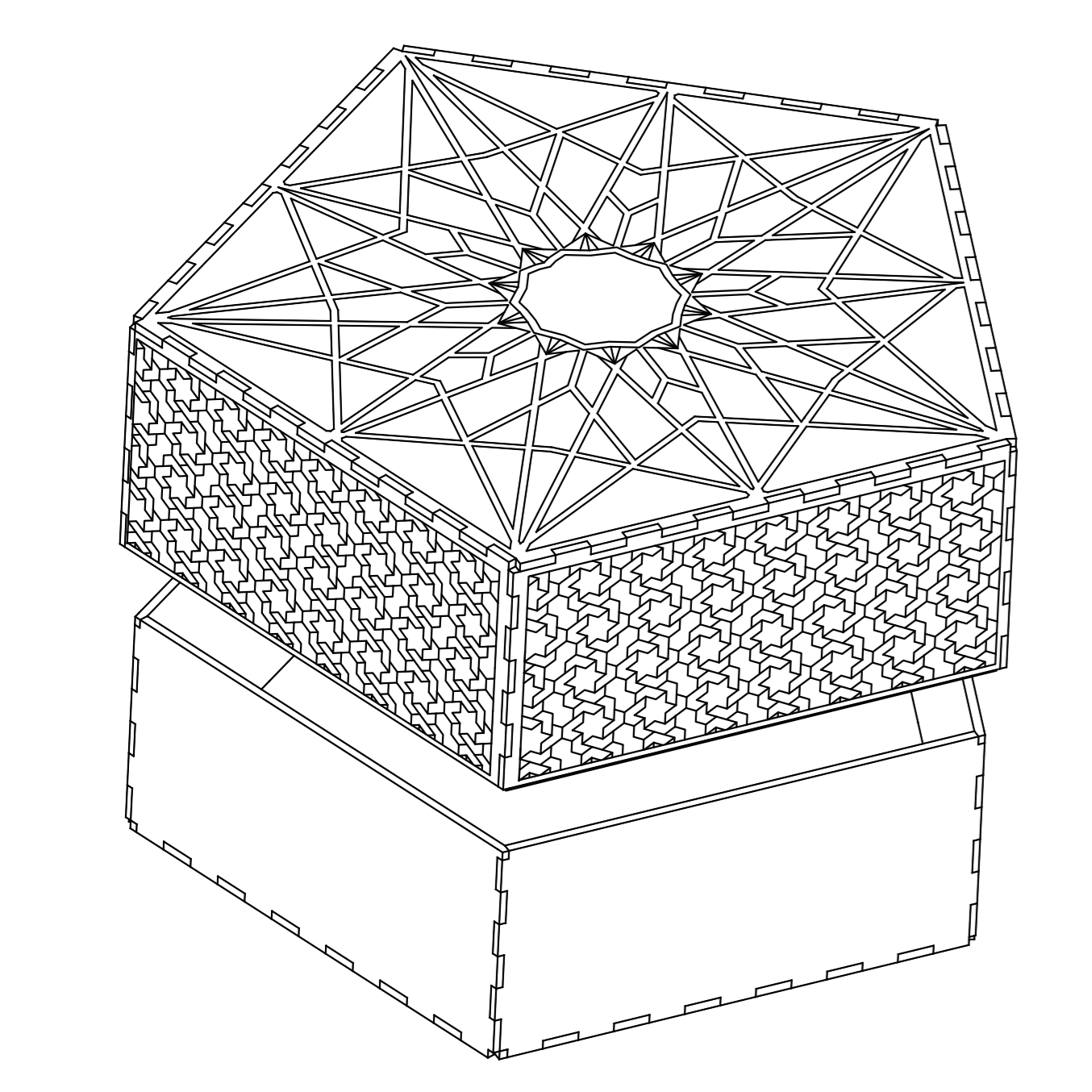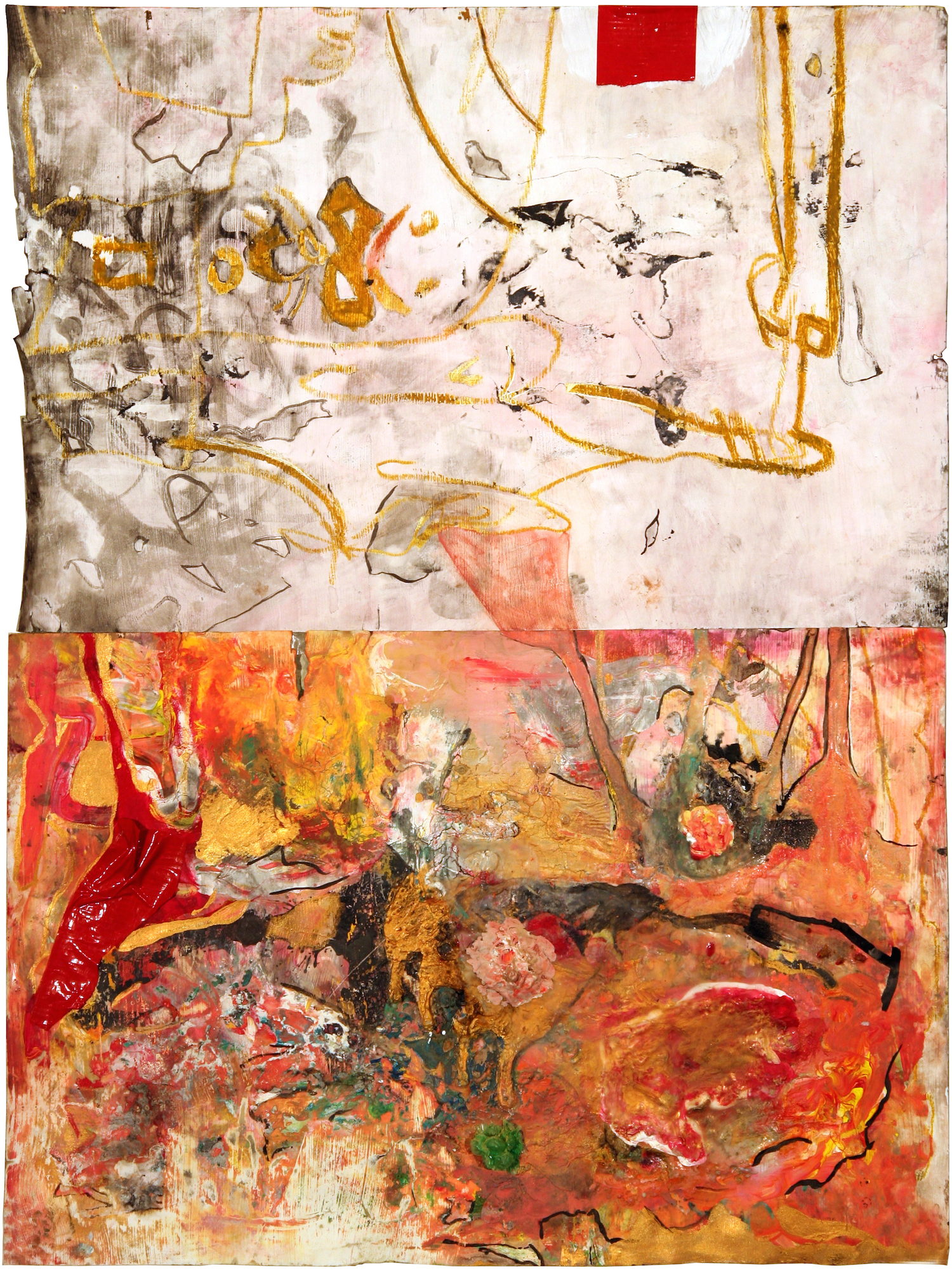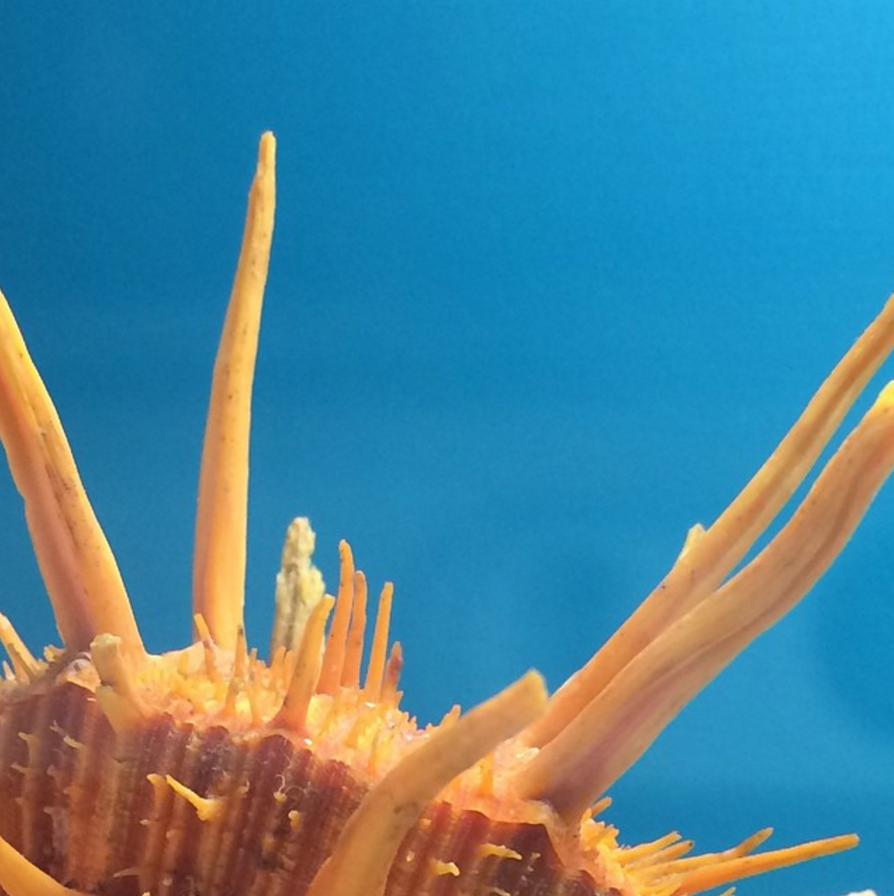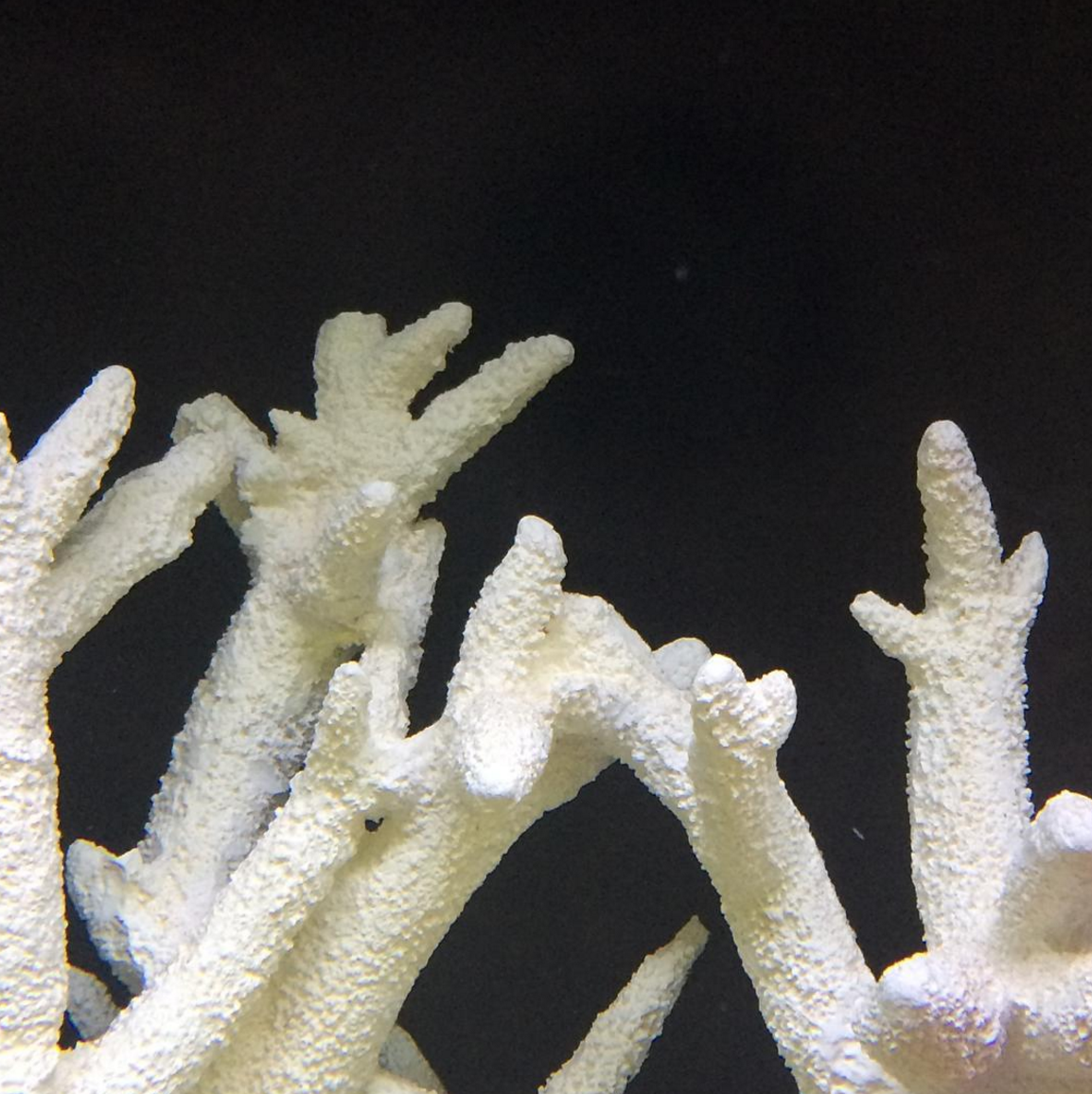Gardening the Gap
The Boston Harbor farm is a generative space for all. Connecting people and food to foster sustained community, the farm is situated between harbor and city. The farm is sited in the chasm of decommissioned Dry Dock No. 4, a relic of South Boston’s naval industrial past. An MBTA ferry commuter terminal connects formerly water-divided neighborhoods in Boston. A wholesale food market is a site for the exchange of food grown on the site, as well as food delivered from regional farmers. As part of a rising tide of distributed, locally-oriented food systems, the Boston Harbor farm nurtures the growth of communities as well as produce.
New industrial futures must incorporate people from all economic and educational backgrounds. Technological methods of production optimize for high yields, yet abandon cultural knowledge and practices of agriculture. Community gardens are not always the highest yielding, but create spaces for urban populations to exchange cultural knowledge and practices. The site holds and values both, not privileging one, but seeking to develop new models of collaboration among disparate methodol- ogies and populations.
December 2018 Final project for Urban Ecologies
(RISD M.Arch Studio) Instructor: Jongwan Kwon
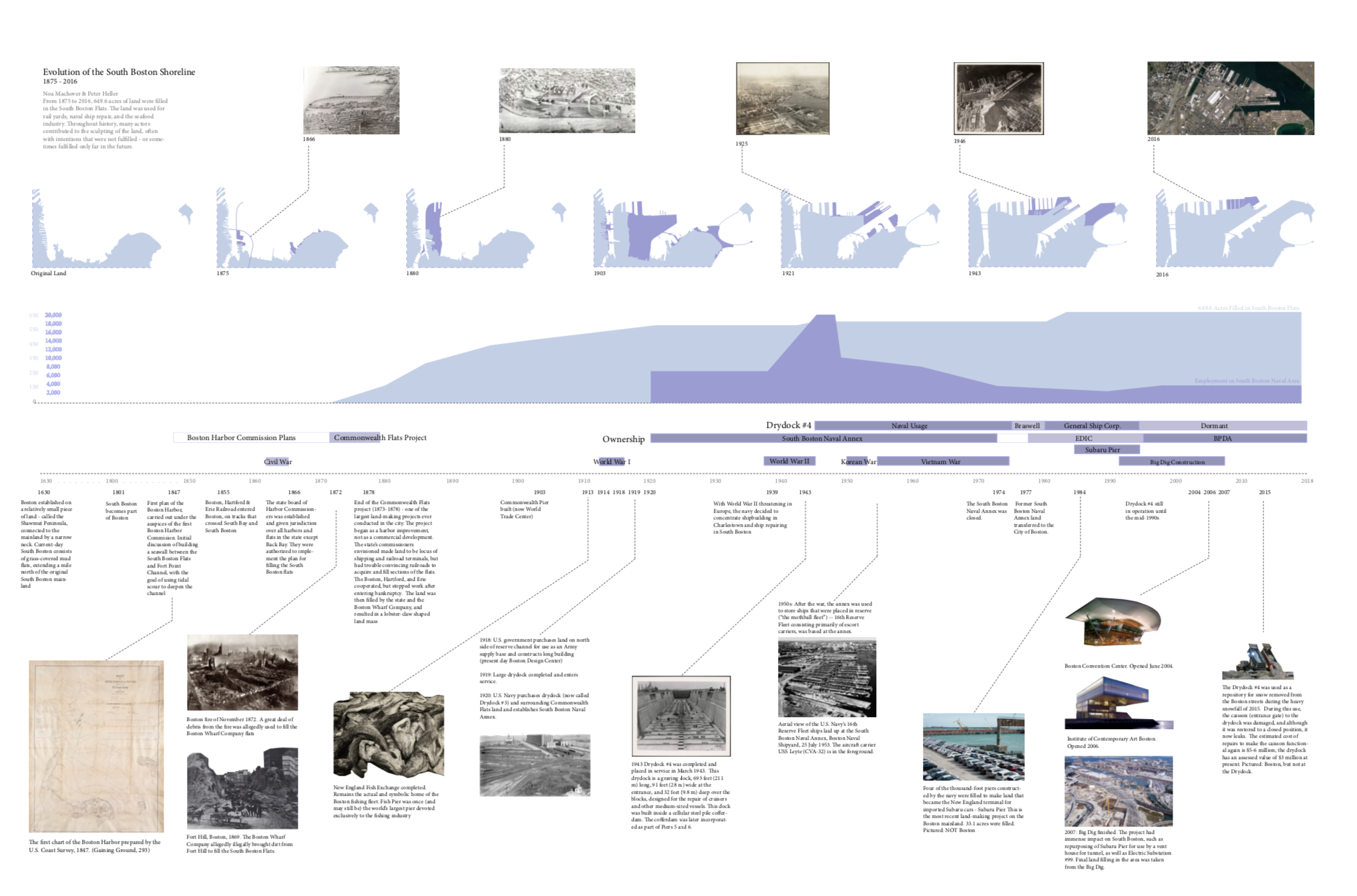
Timeline of the evolution of the South Boston Shoreline (1875 - 2016), produced in collaboration with Peter Heller.
From 1875 to 2016, 649.6 acres of land were filled in the South Boston Flats. The land was used for rail yards, naval ship repair, and the seafood industry. Throughout history, many actors contributed to the sculpting of the land, often with intentions that were not fulfilled - or sometimes fulfilled only far in the future.
